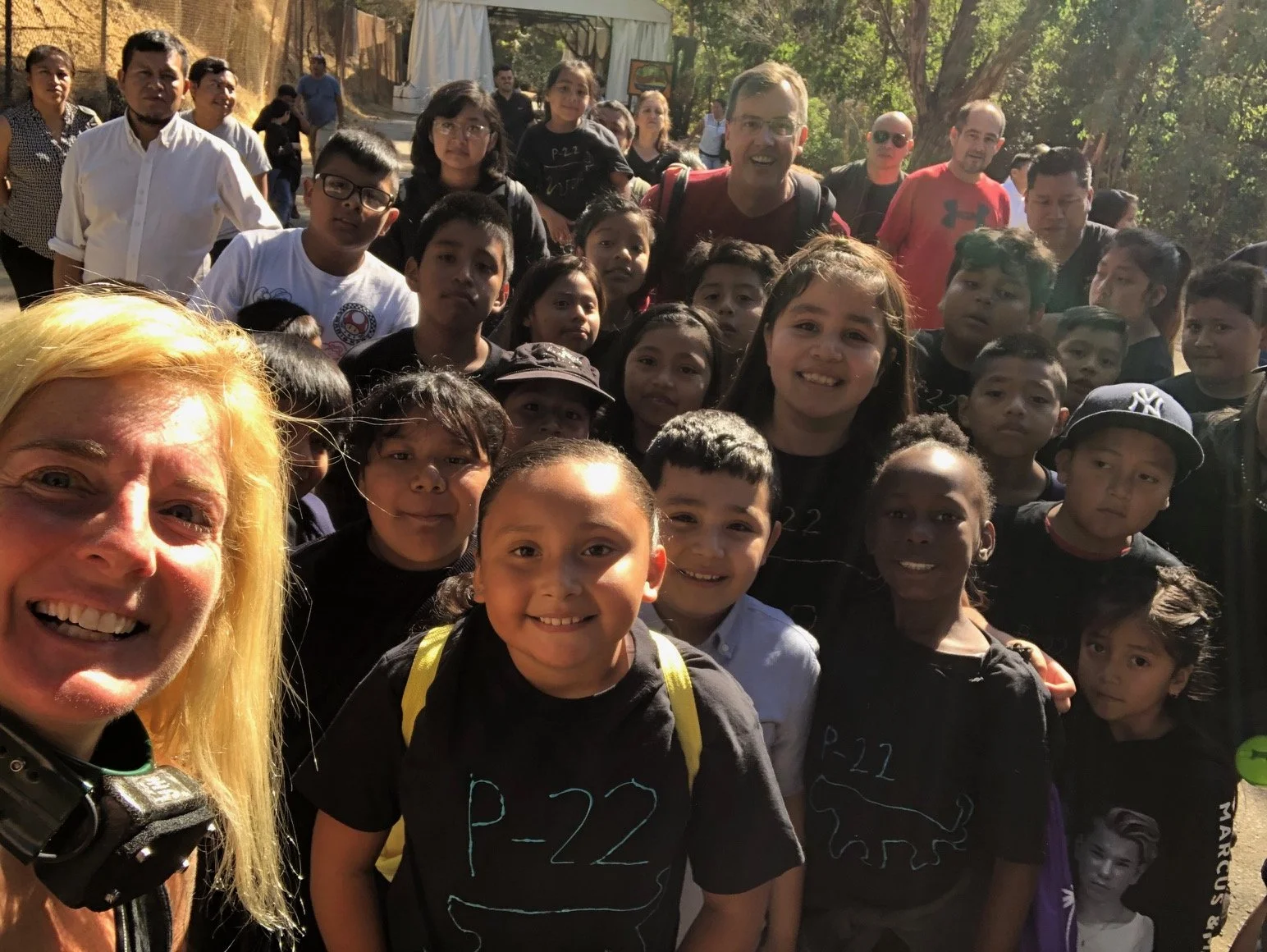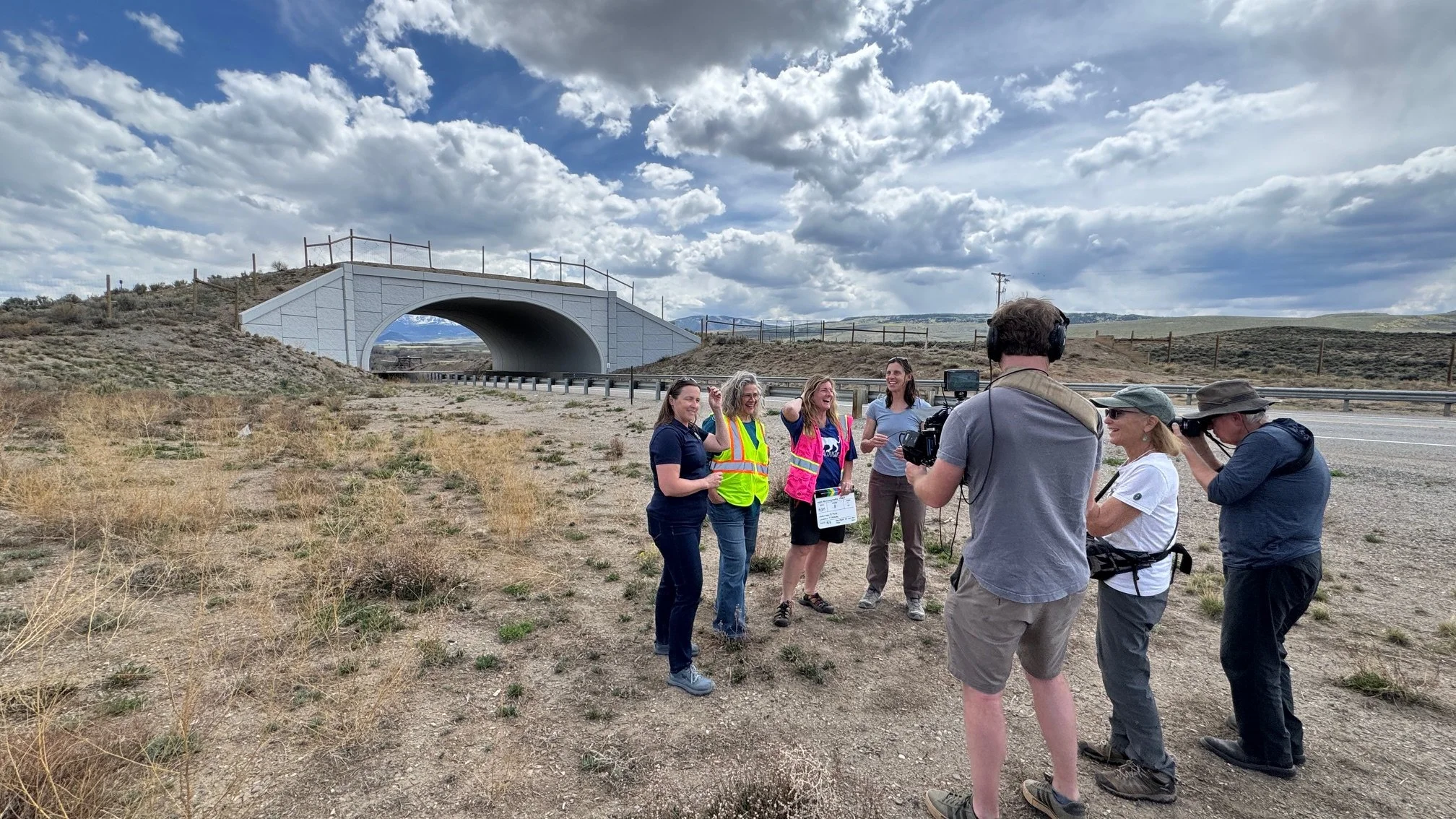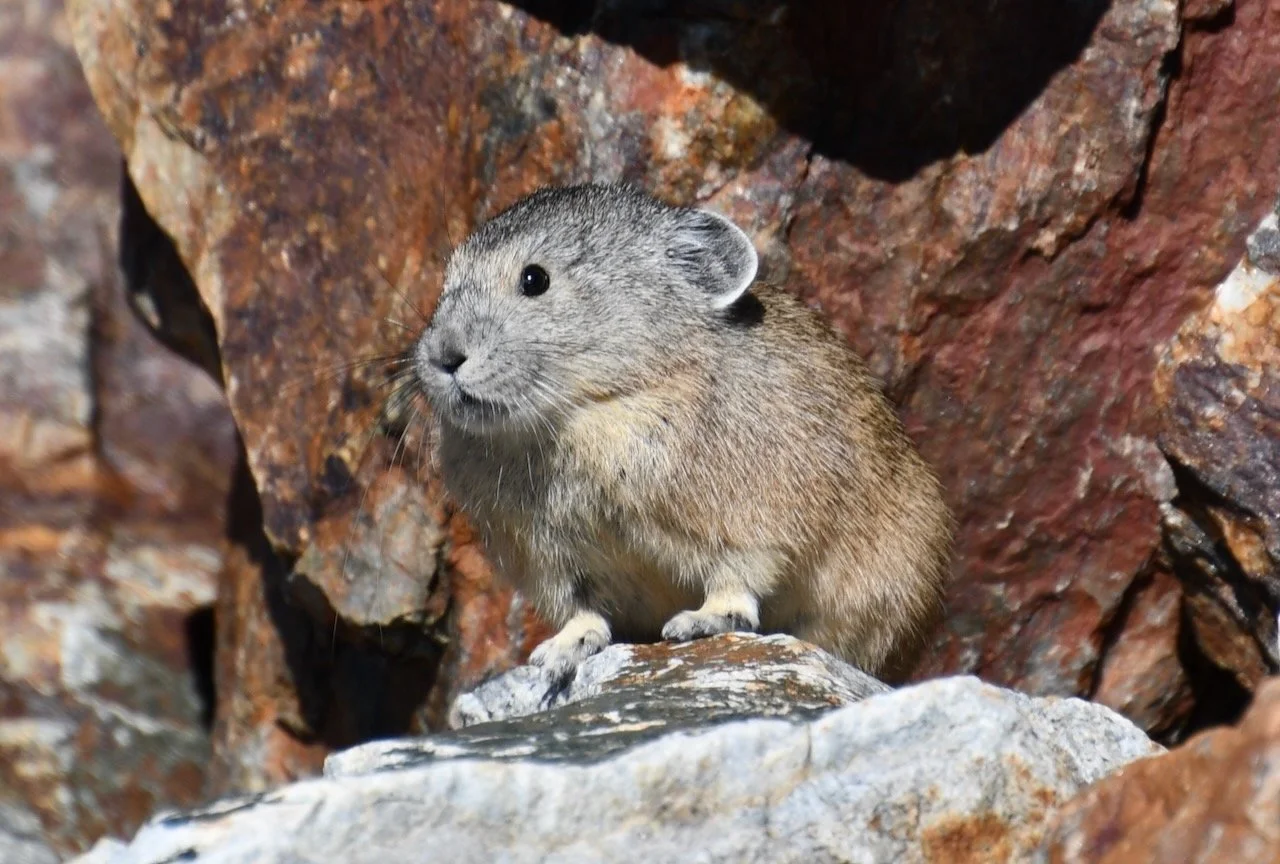About Beth
A lifelong advocate for wildlife, Beth Pratt has worked in environmental leadership roles for over thirty years, and in two of the country’s largest national parks: Yosemite and Yellowstone. As the California Regional Executive Director for the National Wildlife Federation, Pratt leads the #SaveLACougars campaign to build the Wallis Annenberg Wildlife Crossing, which broke ground on Earth Day in 2022. The largest wildlife crossing of its kind in the world, it will help save a population of mountain lions from extinction. Her innovative conservation work has been featured by The New Yorker, The Wall Street Journal, Washington Post, BBC World Service, CNN, CBS This Morning, the Los Angeles Times, Men’s Journal, The Guardian, NPR, AP News, and more.
Her books include When Mountain Lions are Neighbors, published by Heyday Books, and I Heart Wildlife: A Guided Activity Journal for Connecting With the Wild World, by Di Angelo Publications. Her new book, Yosemite Wildlife: The Wonder of Animal Life in California’s Sierra Nevada, was published by the Yosemite Conservancy in October of 2025. Beth has also given a TEDx talk about coexisting with wildlife called, “How a Lonely Cougar in Los Angeles Inspired the World,” is featured in the documentary, “The Cat that Changed America,” on CNN’s Heroes in Conservation series, on PBS Nature’s Wild Hope Series, PBS The Future of Nature, and the new reboot of Mutual of Omaha’s Wild Kingdom.
Beth obtained a BS/BA from the University of Massachusetts, an MBA from Regis University, earned the LEED AP credential, and trained with Vice President Al Gore as part of his Climate Reality Leadership Corps. In 2007, she traveled to Japan as part of a month-long Rotary International Professional Exchange to study business and national park operations. Beth also served as a founding board member and the board chair for the nonprofit Outdoor Afro for eight years. The Western Section of the Wildlife Society named her “Conservationist of the Year” in 2023, and in 2024, she received the Alan Rabinowitz Conservation award from the Explorers Club.
In 2023, Beth founded The Wildlife Crossing Fund, a nonprofit dedicated to accelerating the building of wildlife crossings and connectivity infrastructure across California, the United States, and the world to reconnect lands for our collective future.
Beth spends much of her time in Los Angeles, but makes her home outside of Yosemite, “my north star,” with her seven dogs, two cats, and the mountain lions, bears, foxes, frogs, and other wildlife who frequent her backyard.











